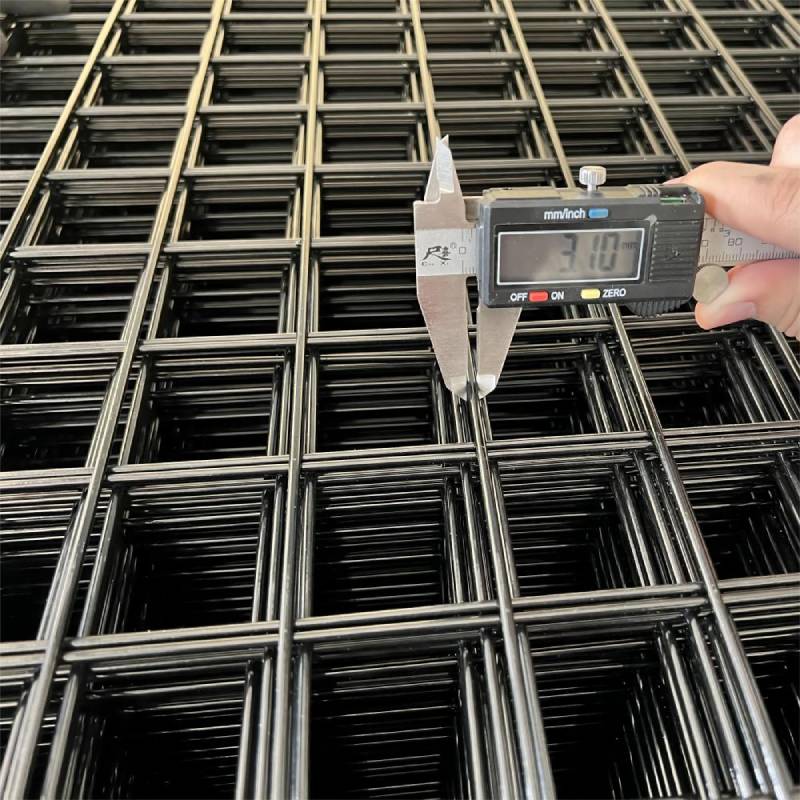Thin Galvanised Wire - Durable and Versatile Solutions
Understanding Thin Galvanised Wire Applications and Benefits
Thin galvanised wire is an essential product widely used in various industries due to its durability and corrosion resistance. This type of wire is made from steel that has been coated with a layer of zinc, providing protection against rust and environmental factors. This article delves into the characteristics, applications, and benefits of thin galvanised wire, highlighting why it continues to be a preferred choice in many sectors.
One of the primary characteristics of thin galvanised wire is its impressive tensile strength. The steel core of the wire ensures that it can withstand considerable tension, making it suitable for a range of applications. The galvanisation process, which involves immersing the steel in molten zinc, not only provides a protective layer but also enhances the wire's flexibility. This combination of strength and flexibility makes thin galvanised wire ideal for use in various environments, including agriculture, construction, and fencing.
In agricultural settings, thin galvanised wire is commonly used in fencing applications. Farmers and landowners rely on this wire to create secure enclosures for livestock. The long-lasting nature of the galvanised coating means that the wire can withstand exposure to the elements without deteriorating. Additionally, the wire's light weight makes it easy to handle and install, providing a practical solution for maintaining boundaries on rural properties.
In construction, thin galvanised wire plays a crucial role in reinforcing structures
. It is often used in concrete applications, where it serves as a reinforcement tool to enhance the strength and stability of concrete mixtures. This wire is also employed in masonry and brickwork, helping hold together building materials and ensuring the longevity of structures.thin galvanised wire

Another significant application of thin galvanised wire is in the manufacturing of products such as mesh fences and wire netting. These products are widely utilized for security and safety purposes, as they provide a sturdy barrier around properties and sensitive areas. The galvanised coating ensures that these products remain effective over time, resisting wear and tear.
The benefits of thin galvanised wire extend beyond its physical properties. From an economic perspective, the longevity of galvanised wire leads to reduced maintenance costs over time. While the initial investment might be slightly higher than for non-galvanised options, the long-term savings and durability make it a cost-effective choice for many applications.
Additionally, thin galvanised wire is environmentally friendly. The zinc coating can be recycled, contributing to sustainability efforts. As industries increasingly prioritize eco-friendly practices, the use of recyclable materials is becoming a significant consideration for manufacturers and consumers alike.
In conclusion, thin galvanised wire is a versatile, strong, and durable material with a wide range of applications across various industries. Its resistance to corrosion, ease of use, and cost-effectiveness make it an invaluable resource in agriculture, construction, and manufacturing. As the demand for reliable materials continues to grow, thin galvanised wire will undoubtedly remain a staple in modern applications, providing strength and longevity in numerous projects.
-
Weather Resistance of Woven Wire and Chicken Wire Fencing MaterialsNewsJun.05,2025
-
Umbrella Nails Innovations in Roofing Fasteners for Wind ResistanceNewsJun.05,2025
-
Modern Barbed Wire Fence Designs for Perimeter ProtectionNewsJun.05,2025
-
How Iron Nail Wire Enhances Nail Strength and Installation EfficiencyNewsJun.05,2025
-
High-Security Razor Fence Solutions for Perimeter ProtectionNewsJun.05,2025
-
Durable Wire Netting Fence Solutions for Animal EnclosuresNewsJun.05,2025




